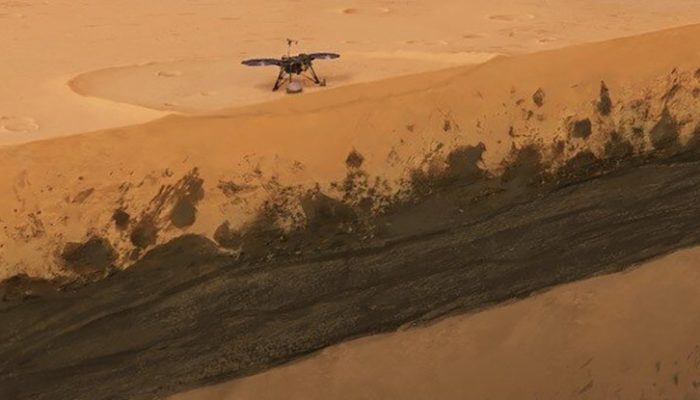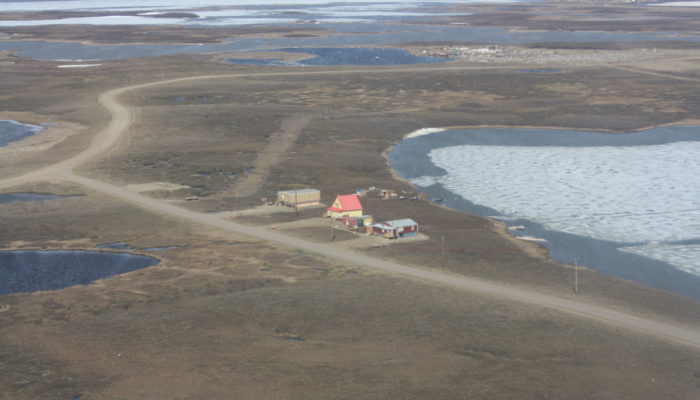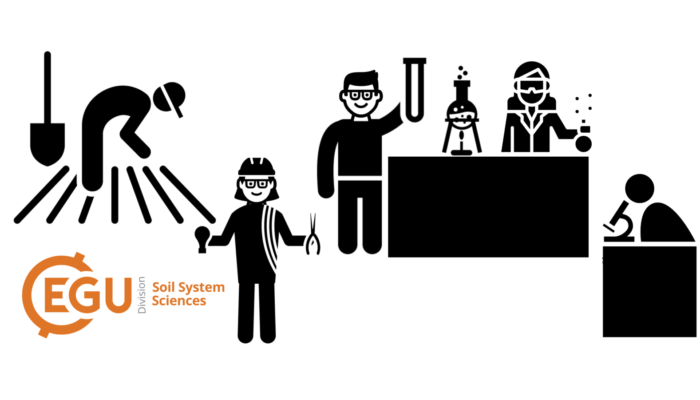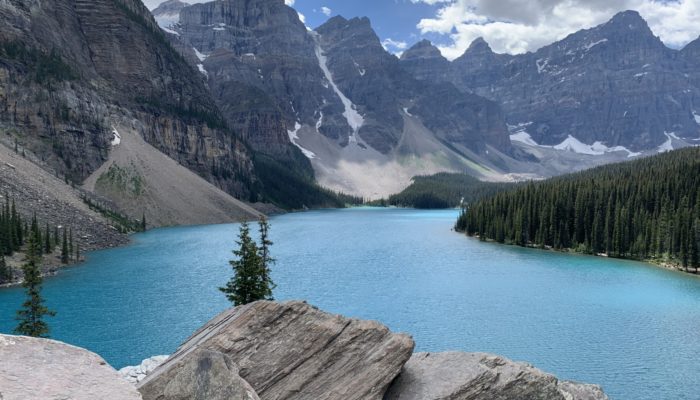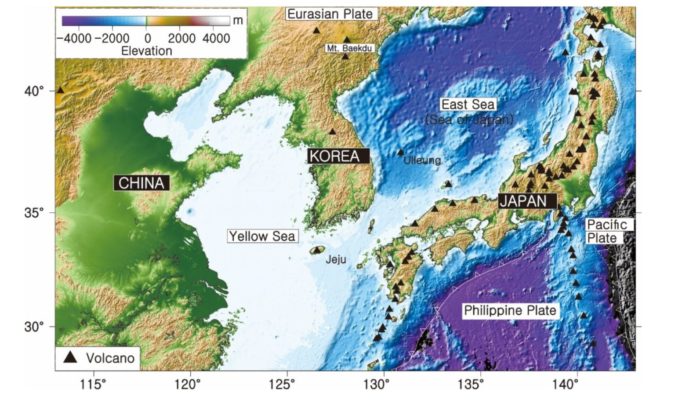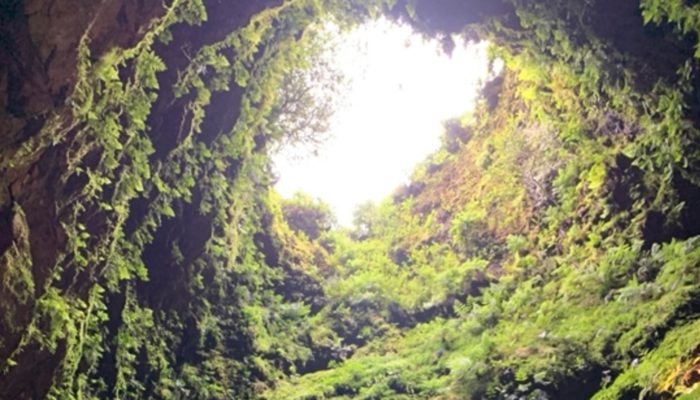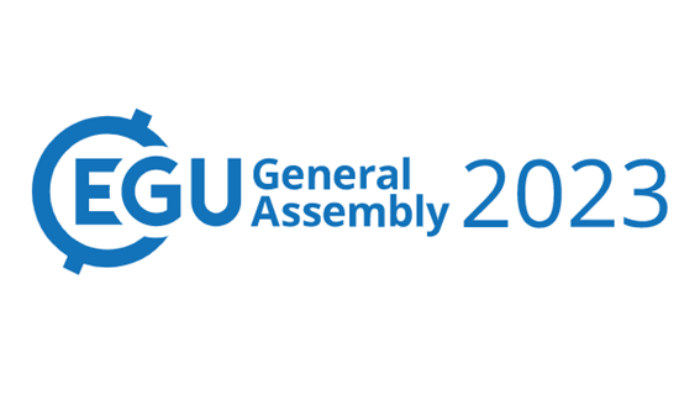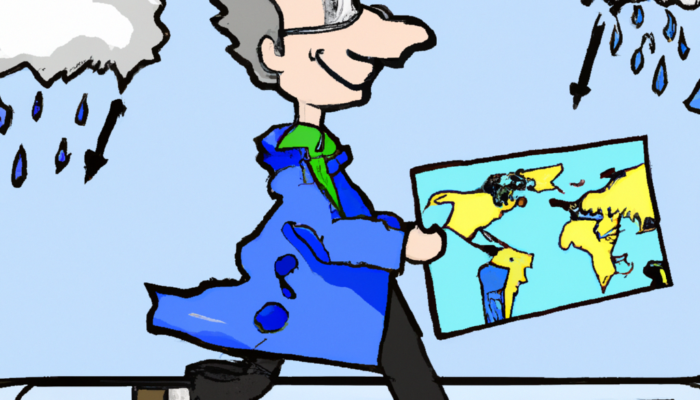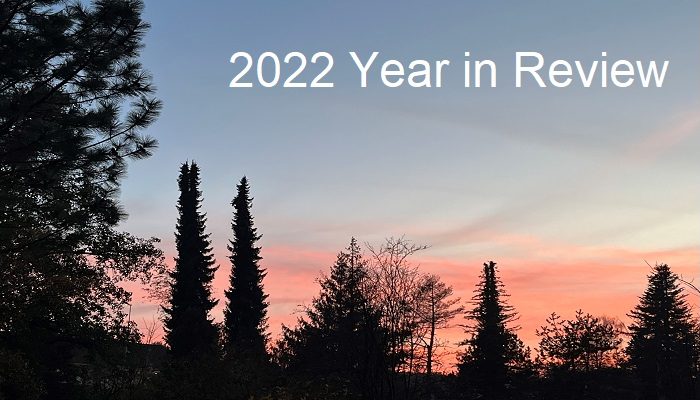This week we interview Géraldine Zenhäusern, a PhD student at ETH Zurich’s Department of Earth Sciences, about her experience of being on the frontline of spotting Marsquakes with NASA’s InSight mission…. What is the InSight mission? The NASA InSight (Interior Exploration using Seismic Investigations, Geodesy and Heat Transport) mission is a geophysical observatory (see Fig. 1) which landed ...[Read More]
Solar-Terrestrial Sciences
Meet the Early Career Scientists team of our division!
Hi, this is your ST-ECS team. We are a group of Early Career Scientists (ECSs) of the Solar-Terrestrial (ST) division, and we enjoy organizing events and activities with and for ST-ECS, both during the EGU General Assembly and throughout the year. Our aim is to increase the visibility of ECSs and provide you with opportunities for networking. Currently the team is formed by: Dr. Maxime Grandin Max ...[Read More]
Cryospheric Sciences
Did you know that thawing permafrost is impacting Arctic livelihoods already today?
Would you like to join me on a little trip up North today? We will be visiting a small community in the Canadian high Arctic – a community built on permafrost ground. This sounds pretty cool in the first place, but brings along quite a few challenges that most of us probably do not have to think about. Let me introduce you to Tuktoyaktuk, the community that is endangered to fall into the sea ...[Read More]
Soil System Sciences
The importance of our SSS (…Soil Support Staff!) #10
We are looking forward to celebrating another excellent exhibition of soil science at this year’s EGU General Assembly. Of course, very little soils research could take place without the work carried out by technicians, laboratory assistants, and research support staff. This monthly blog post is our opportunity to thank these key individuals, and their tireless efforts to maintain our labora ...[Read More]
Stratigraphy, Sedimentology and Palaeontology
Outcrop analogues to Carbon Sequestration Targets: the Gog Quartzite of Alberta – including a short virtual field trip!
Introduction In 2022 I was asked to put together a virtual field trip looking at carbon sequestration (CCS). We are particularly lucky in Alberta in having three excellent Cambrian targets for CCS including the Basal Cambrian Sandstone, currently being used for CCS in Shell’s QUEST project, quartzites of the Deadwood Formation (being utilized for a CCS project in Saskatchewan) and the Gog Quartzit ...[Read More]
Geodynamics
Arc and Intraplate Volcanism in Northeast Asia Since mid-Miocene: Numerical model studies
Northeast Asia may be one of the best natural laboratories to investigate both arc and intraplate volcanisms which have developed since the mid-Miocene. The arc volcanoes have occurred above the sinking young (Philippine) and old (Pacific) oceanic plates in Southwest and Northeast Japan subduction zones, respectively. The intraplate volcanoes across the Korean Peninsula and China have occurred abo ...[Read More]
Seismology
Seismic Swarms in the Azores
Will Sturgeon – Post-Doc at the Earth Sciences Department of University College London, UK – takes us on a journey to the Azores to deploy seismometers in response to the seismic swarm earlier in 2022… Protruding from the central Atlantic Ocean, about 1,400 km west of Lisbon, is an archipelago of nine volcanic islands, known as the Azores. Also described as “Europe’s Hawaii”, the ...[Read More]
Biogeosciences
What’s new at EGU23?
EGU23 is back with longer talks, posters and PICO sessions! While EGU is always great to catch up with colleagues in classical sessions offered every year, here, we want to highlight some new sessions that will premier at EGU23. We have selected a few from each Subdivision to show the broad range of topics covered. General Biogeosciences The PICO session “It’s all about migration!” focuses on migr ...[Read More]
Nonlinear Processes in Geosciences
Can Artificial Intelligence replace scientists to explain Climate Change? Find it out in our first interview to… ChatGPT!
Figure: DallE (the visual cousin of ChatGPT) has produced this image when I asked for “a cartoon showing a climatologist with research articles walking on a weather map” As a communication officer of the division of Nonlinear Processes I started to write posts for the EGU blog a few years ago and I found it a very difficult task: one has to find the right scientific sources about arguments ...[Read More]
Hydrological Sciences
2022 Recap of the HS Blog
Thinking about the past year, one of the highs of the year was definitely seeing the EGU General Assembly back to Vienna in May. The first-ever fully hybrid EGU meeting was a great success with over 12,000 presentations. Most of all, it was great seeing our hydrological sciences community meeting in person again. Many constraints prevented us from having all the features we love in the GA meeting, ...[Read More]

